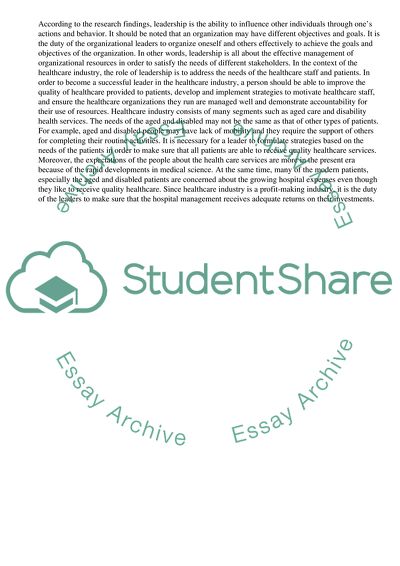Cite this document
(“Challenges Faced By Healthcare Leaders In Terms Of Decision Making Assignment”, n.d.)
Retrieved from https://studentshare.org/management/1695381-leadership-teams-and-decision-making
Retrieved from https://studentshare.org/management/1695381-leadership-teams-and-decision-making
(Challenges Faced By Healthcare Leaders In Terms Of Decision Making Assignment)
https://studentshare.org/management/1695381-leadership-teams-and-decision-making.
https://studentshare.org/management/1695381-leadership-teams-and-decision-making.
“Challenges Faced By Healthcare Leaders In Terms Of Decision Making Assignment”, n.d. https://studentshare.org/management/1695381-leadership-teams-and-decision-making.


